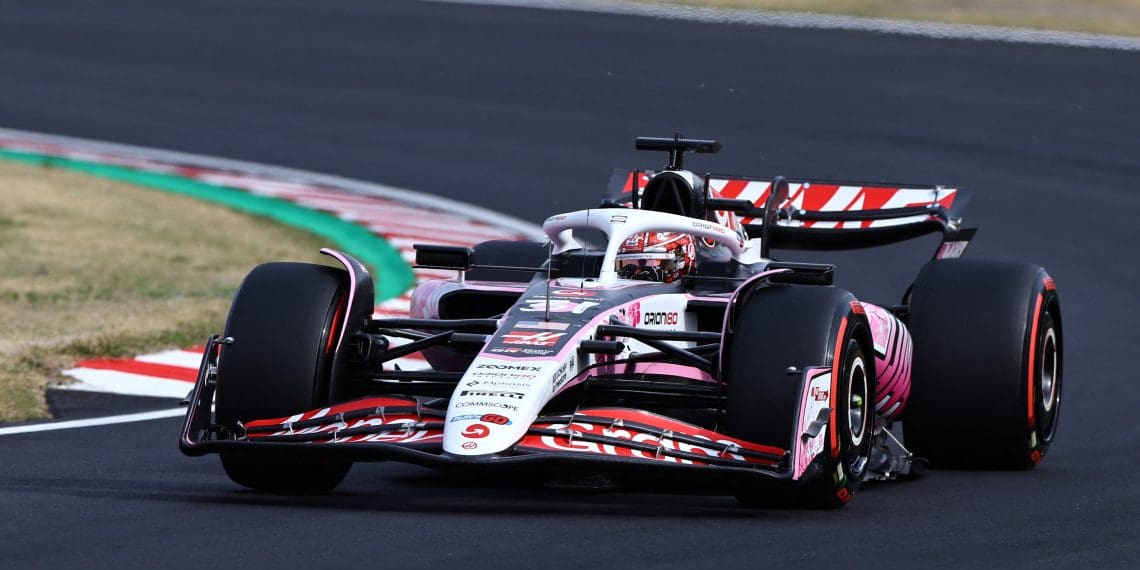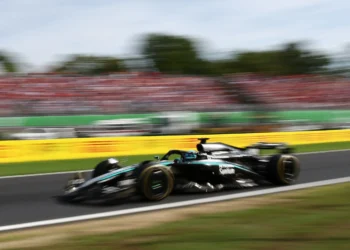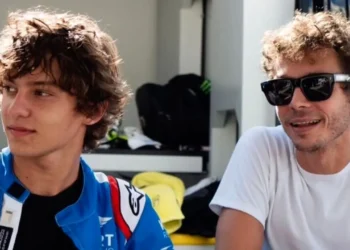Haas F1 Upgrade Controversy Unveiled: Ocon Claims Discrepancy in Performance between Cars
A storm is brewing in the world of Formula 1 as Esteban Ocon casts doubt on the recent upgrade implemented by Haas for the Japanese Grand Prix, suggesting that it may not have delivered equal performance benefits to both cars. Despite the team’s data indicating otherwise, Ocon expressed skepticism about the consistency of the upgrade across the Haas lineup.
Following a lackluster weekend where Ocon qualified and finished in 18th place, he made a bold statement asserting that the Haas upgrade “worked on one car” – referring to his teammate Ollie Bearman’s success in making it into Q3 and scoring a point at Suzuka. The upgrade was aimed at addressing aerodynamic issues that plagued Haas during the season opener in Australia, where they struggled significantly.
Ocon’s suspicions arose when he noticed a disparity in performance between his car and Bearman’s, despite both cars supposedly benefiting from the same upgrade. While Bearman excelled in qualifying, Ocon lagged behind, raising concerns about the effectiveness of the new components. Ocon pinpointed various sections of the track where he lost time compared to his teammate, indicating a broader performance gap that the upgrade failed to bridge.
Haas Team Principal Ayao Komatsu refuted Ocon’s claims, insisting that the data supported the notion that both cars were performing at a similar level. However, Ocon remained steadfast in his belief that the upgrade did not deliver the expected performance gains for his car, emphasizing the need to analyze Bearman’s data to unlock the upgrade’s full potential.
Bearman’s standout performance at Suzuka further complicates the situation, with his impressive results overshadowing Ocon’s struggles. Bearman’s ability to extract performance from the new floor highlighted a potential difference in driving styles between the two Haas drivers, shedding light on the nuanced challenges of implementing upgrades in Formula 1.
As the controversy unfolds, Haas finds itself at a critical juncture in its development trajectory, with Ocon’s feedback posing a challenge to the team’s engineering decisions. The contrasting performances of the two drivers underscore the complexity of optimizing car upgrades in the competitive landscape of Formula 1, where every detail can make a significant difference on track.
With tensions simmering within the Haas camp, the spotlight now turns to how the team will address the performance divide between its drivers and leverage the data insights to propel their development forward. As the F1 season progresses, all eyes will be on Haas to see how they navigate this internal strife and harness their full potential on the track.










